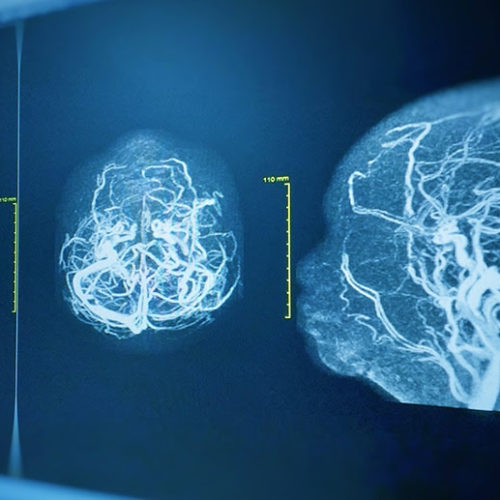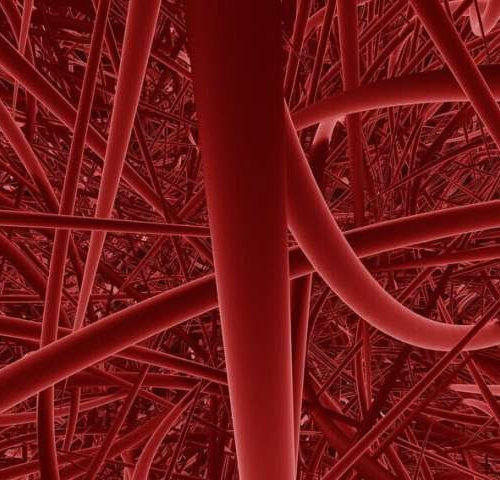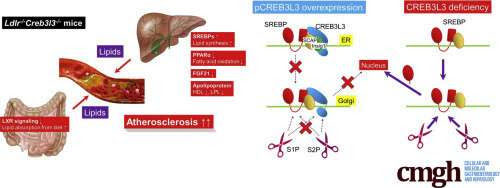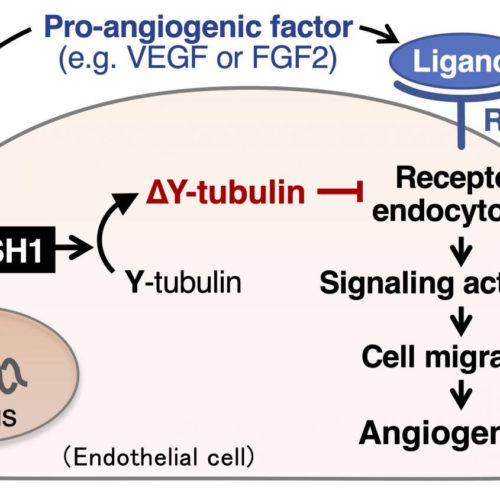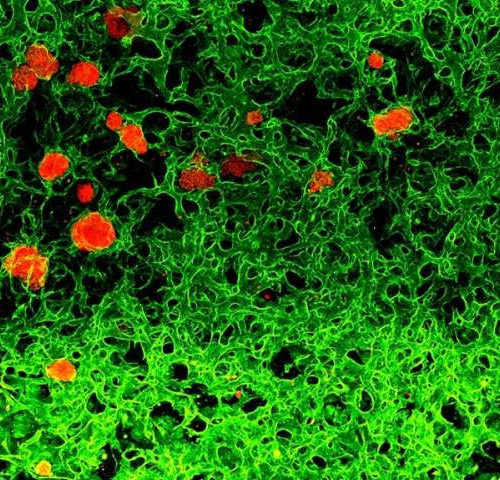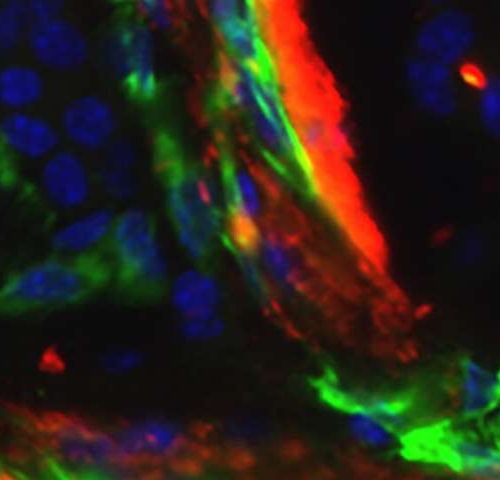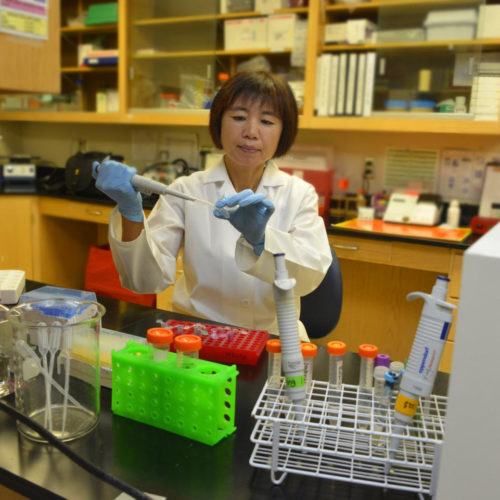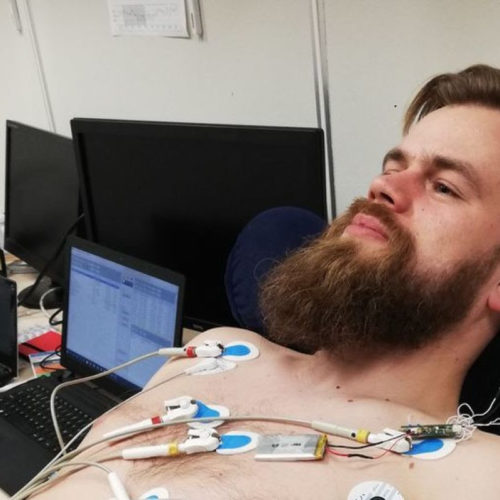by Uppsala University Propranolol treatment contributes to reduced number and size of cerebral cavernous malformations. Panel A shows a brain section of vehicle treated mouse. The lesions are outlined in green. Credit: Joppe Oldenburg Propranolol, a drug that is efficacious against infantile haemangiomas (“strawberry naevi,” resembling birthmarks), can also be used to treat cerebral cavernous malformations,...
Tag: <span>blood vessels</span>
Thinning, Leaky Brain Blood Vessels Seen in COVID-19
by Judy George, Senior Staff Writer, MedPage Microvascular brain injury was seen in COVID-19 patients who died, but no evidence of a direct viral attack on the brain was detected, a pathology report showed. Damage caused by thinning and leaky brain blood vessels consistently appeared on high-resolution MRI, but there were no signs of SARS-CoV-2 infection...
Enzyme discovery can help rein in blood vessels that fuel cancer
by The Scripps Research Institute Credit: Pixabay/CC0 Public Domain Most living things need oxygen to grow and thrive. Even cancerous tumors. That’s why tumors will readily sprout new blood vessels if their oxygen is starved, creating new lifelines for survival. A study published today from Scripps Research pinpoints the precise molecular machinery that makes this happen,...
Protecting against atherosclerosis at the molecular level
by University of Tsukuba Credit: Cellular and Molecular Gastroenterology and Hepatology (2020). DOI: 10.1016/j.jcmgh.2020.11.004 Atherosclerosis is the result of a buildup of lipids in the inner walls of blood vessels, and is a major cause of heart disease and stroke. In a new study, researchers from the University of Tsukuba discovered a novel role for cAMP responsive element-binding protein 3...
Hinder handing the message — stopping tumors from creating new blood vessels
TOKYO MEDICAL AND DENTAL UNIVERSITY VASH1 exerts anti-angiogenic effects through the inhibition of receptor endocytosis by ?Y-tubulin increases. VEGF and FGF2 induce endocytosis of their own receptors, VEGFR2 and FGFR1, respectively, along MTs. This is important for VEGF (FGF2)-signaling activation and pro-angiogenic effects. VASH1 induces the generation of ?Y-tubulin-rich MTs (excessive ?Y-tubulin levels), leading to...
Scientists engineer customized blood vessels to support organ regeneration and identification of cancer treatments
by Cornell University Transplantable human pancreatic islets (red) with integrated network of blood vessels (green) in laboratory dish. A team led by Weill Cornell Medicine scientists has pioneered a method for manufacturing functioning human blood vessels and demonstrated that they can carry blood in lab-grown model organs and tumors. The discovery will enable disease modeling, and...
Complications from COVID-19 may depend on von Willebrand factor in the blood
ST. PETERSBURG STATE UNIVERSITY Anna Aksenova, a senior research associate at the Laboratory of Amyloid Biology at St Petersburg University, has advanced a hypothesis that the severe course of COVID-19 may be associated with von Willebrand factor. It is one of the main components of the blood coagulation system. As the researcher suggests, the replication...
Novel function of platelets in tumor blood vessels found
by Uppsala University Platelets (red) in close contact with tumour vessels (green). Platelets are activated in the tumour microenvironment and secrete a large number of growth factors. Conditional knockout of PDGFB in platelets demonstrates its previously unknown role in pericyte recruitment, maintenance of tumour vascular integrity and host protection against metastasis. Credit: Yanyu Zhang Scientists...
High-salt diet impacts health of gut microbiome
AUGUSTA, Ga. (June 9, 2020) – Particularly in females with untreated hypertension, reducing salt intake to what’s considered a healthier level appears to be good for both their gut microbiome and their blood pressure, scientists report. In the blood of 145 adults with untreated hypertension, the scientists found that, particularly for the females, just six...
Digital nerve map could be a shot-in-the-ear for pain relief
By Ben Coxworth May 26, 2020 As some readers may already know, in-ear stimulation of the vagus nerve can help relieve pain in other parts of the body. Thanks to new research by Austrian scientists, such treatments could soon be more effective than ever. The longest of the cranial nerves, the vagus nerve runs from...


